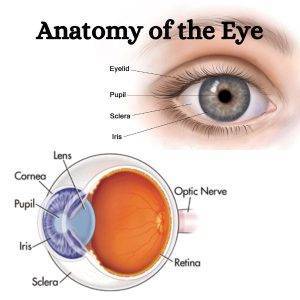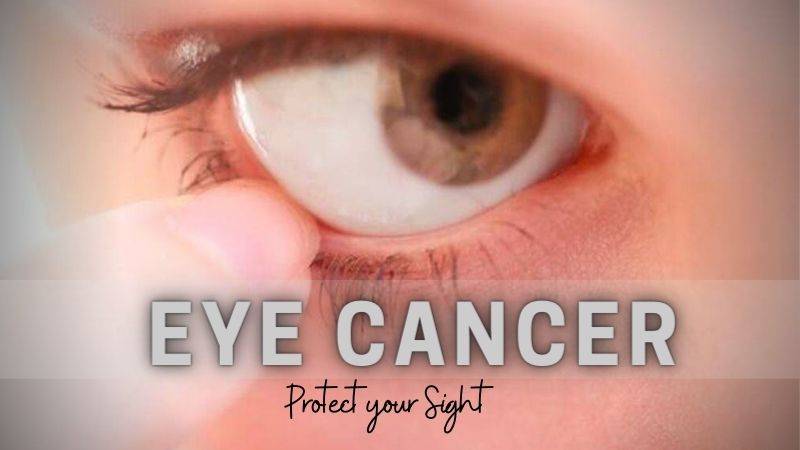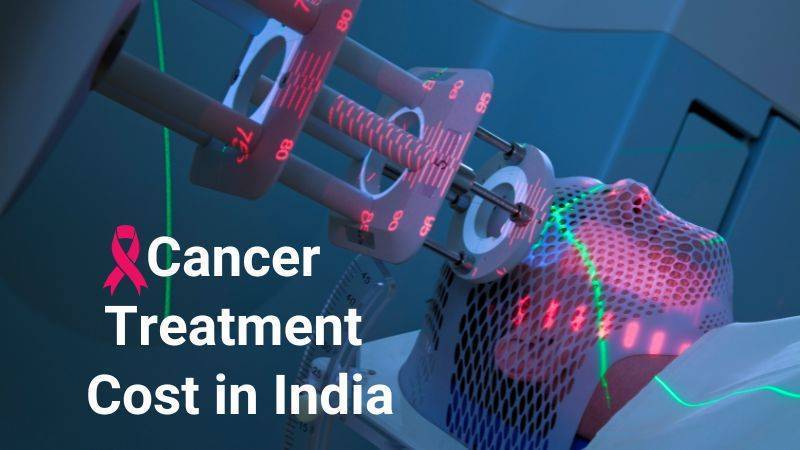“See the Signs: Early Detection of Eye Cancer Symptoms Can Save Your Sight!”
What is Eye Cancer?
Eye cancer, also known as Ocular cancer, is cancer affecting tissues of the eye. It can occur in any part of the eye, including the eyelid, conjunctiva, iris, retina, choroid, and optic nerve.
It is most commonly found in adults over the age of 50 but can occur in younger individuals as well.
Types of Eye Cancer
There are several types of eye cancer, including:
Intraocular melanoma is a tumor that develops in the cells of the eye’s iris.
Lymphoma of the eye is a rare, non–metastatic cancer that affects the white blood cells that protect the eye.
Retinoblastoma, is a tumor that develops in the retina cells.
Choroidal melanoma is a type of melanoma that is located near the iris and is typically a benign tumor.
Conjunctival melanoma most often appears as a slowly growing, flat, tan, or brown lesion that involves only the conjunctiva (the clear tissue that covers the white of the eye).
However, it can also appear as a raised lesion. It can develop in any part of the eye, but it is most likely to occur in the front part of the eye (the part near the nose).
Early Warning Signs of Eye Cancer
The most common early warning sign of eye cancer include
- change in the appearance of the eye
- growth or lump on the eyelid,
- change in the color of the iris,
- change in the size or shape of the pupil
- blurred vision
- decrease in vision
- change in the way light is reflected in the eye.
In some cases, eye cancer may cause pain or discomfort in the eye. This could include a feeling of pressure, aching, or burning. It is also possible to experience a discharge from the eye, redness, or swelling.
If any of these symptoms are present, seek medical attention as soon as possible.
An ophthalmologist can perform a comprehensive eye exam to determine if there is any cause for concern. If cancer is suspected, further tests may be necessary to confirm the diagnosis.
How Can You Diagnose Eye Cancer?
Diagnosing eye cancer can be difficult, as the symptoms can be similar to those of other eye conditions. However, a few tests can be used to diagnose eye cancer.
Eye exam: During this exam, the doctor will look for any signs of abnormal growth or changes in the eye. They may also use a slit lamp to examine the eye in more detail. This device uses a bright light and magnifying lens to look for any signs of cancer.
Imaging tests such as an ultrasound, CT scan, or MRI to look for any tumors or other abnormalities. These tests can help the doctor determine the size and location of any tumors.
If the doctor suspects that the patient has eye cancer, they may also take a Biopsy. During this procedure, a small sample of tissue is taken from the eye and examined under a microscope. This can help the doctor determine if the cells are cancerous or not.
Blood tests can also be prescribed to check for any signs of cancer in the body. These tests can help the doctor determine if cancer has spread to other parts of the body.
By using a combination of these tests, the doctor can diagnose eye cancer and determine the best course of treatment.
What Are the Treatment Options for Eye Cancer?
The treatment options for eye cancer depend on the type and stage of cancer, as well as the patient’s overall health.
Generally, the most common treatments for eye cancer include surgery, radiation therapy, chemotherapy, and targeted therapy.
In some cases, a combination of treatments may be used to treat eye cancer. For example, a patient may receive surgery to remove the tumor, followed by radiation therapy and/or chemotherapy to kill any remaining cancer cells.
No matter what type of treatment is used, follow up with regular check-ups and screenings to ensure that the cancer has not returned.
What Are the Risk Factors for Developing Eye Cancer?
Age is one of the most significant risk factors for eye cancer. People over the age of 50 are more likely to develop the disease than younger individuals.
Additionally, people with a family history of eye cancer are at an increased risk of developing the disease.
Exposure to ultraviolet (UV) radiation is another risk factor for eye cancer. People who spend a lot of time outdoors, such as farmers and fishermen, are more likely to develop the disease.
People who have had radiation therapy to the head or neck are at an increased risk of developing eye cancer.
Certain medical conditions can also increase a person’s risk of developing eye cancer.
People with xeroderma pigmentosum, a rare genetic disorder that affects the skin’s ability to repair damage from UV radiation, are at an increased risk of developing the disease.
People with certain types of immune system disorders, such as HIV/AIDS, are more likely to develop eye cancer.
People who smoke or have been exposed to certain chemicals, such as arsenic, are at an increased risk of developing eye cancer.






